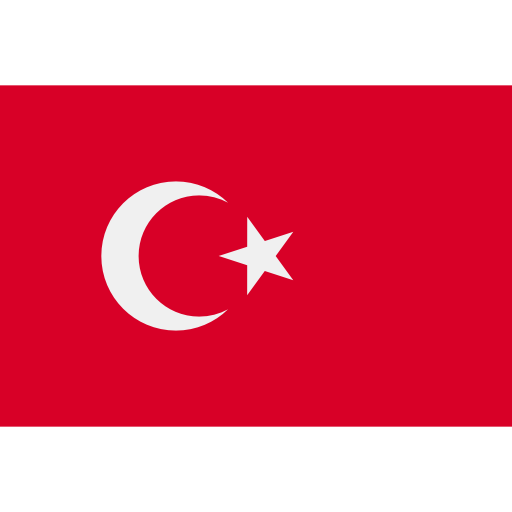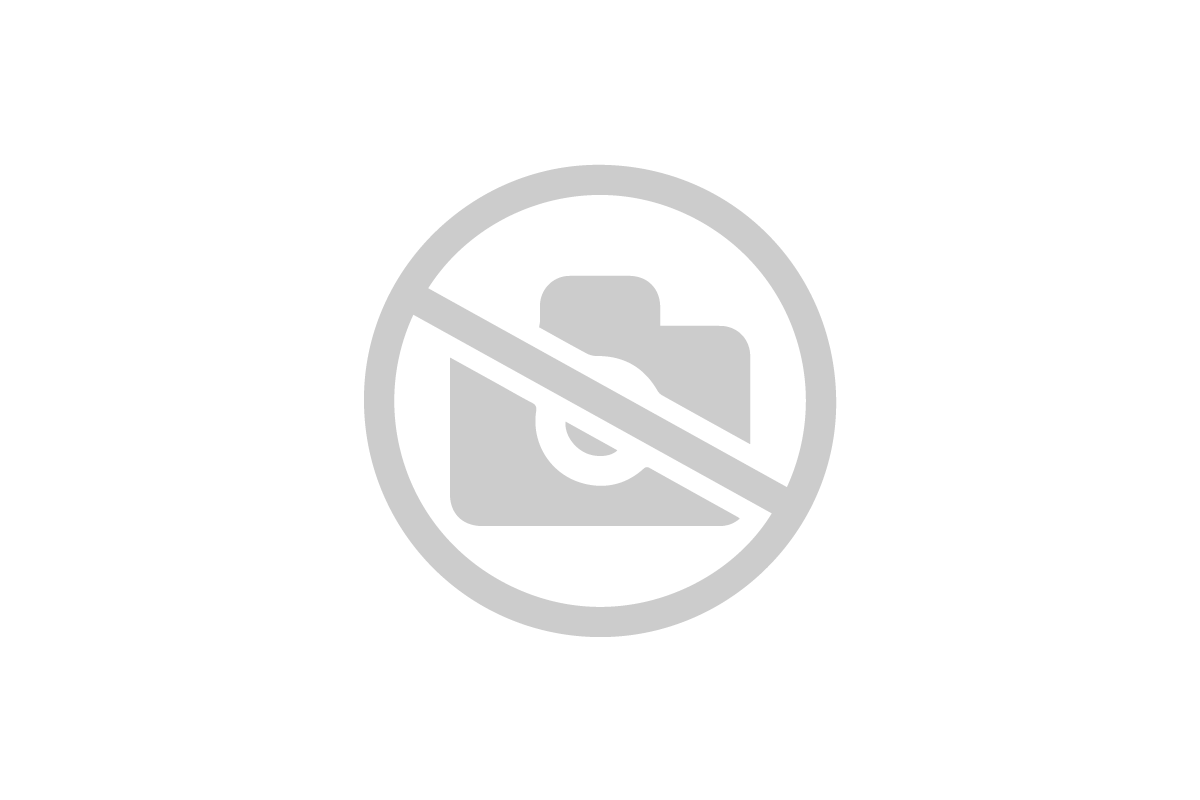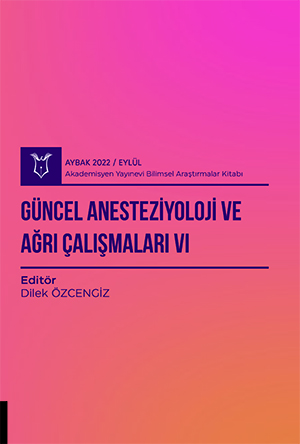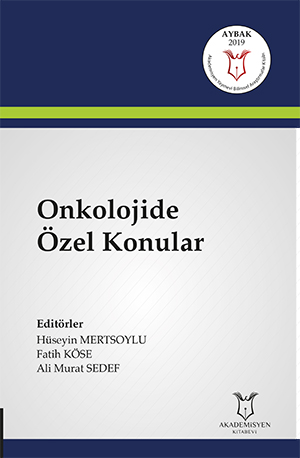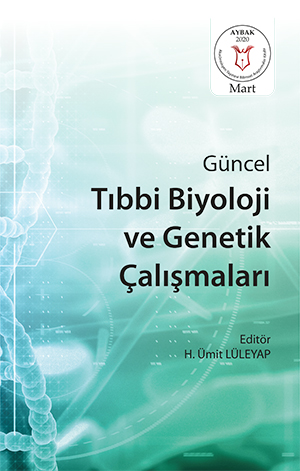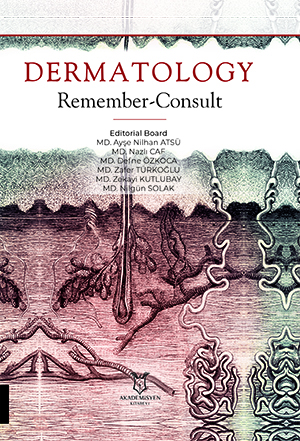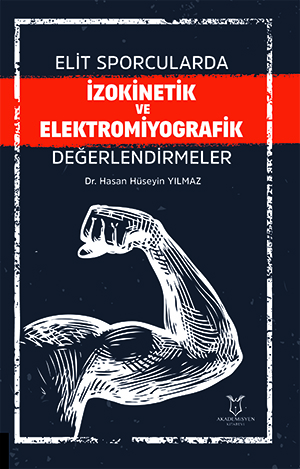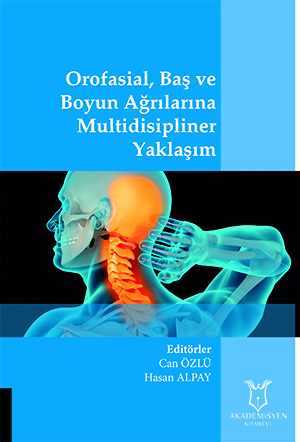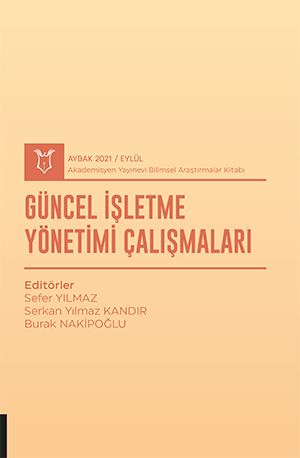Biliary tract
surgery is a specialized surgery and complications can cause severe morbidity
and mortality. Biliary tract surgery is performed for malignant and benign
diseases of the biliary tract but mainly for injuries that occur as a
complication of cholecystectomy. Since biliary tract injuries can have serious
short- and long-term consequences, all necessary precautions should be taken to
avoid biliary tract injuries. In addition, the wide variety of biliary tract,
gallbladder, and vascular variations requires more caution. At most, 20-25% of
injuries are recognized intraoperatively, and correct surgical interventions at
this time give the most satisfactory results. In cases that are not recognized
intraoperatively, findings such as elevated CRP, hyperbilirubinemia, and fever
should suggest biliary tract injury when postoperative symptoms such as nausea,
vomiting, and distension develop. Here, the presence and location of injury
should be clarified with various imaging methods. The percutaneous, endoscopic,
or surgical intervention varies depending on the type of injury. It is also recommended
to wait six weeks for the inflammation to subside in injuries not recognized in
the first 72 hours. During
these six weeks, care should be taken about possible infection, electrolyte
imbalance, and nutritional deficiencies. Ensuring a well-blooded and tension-free
anastomosis is crucial while performing biliary reconstruction. However, it's
worth noting that the long-term stricture rates can reach as high as 70-90%.
Therefore, it's essential to keep patients under long-term follow-up and
provide drainage with endoscopic and percutaneous interventions whenever
necessary.
Bu kitabın bölümleri bulunmamaktadır.
Atıf Sayısı :


